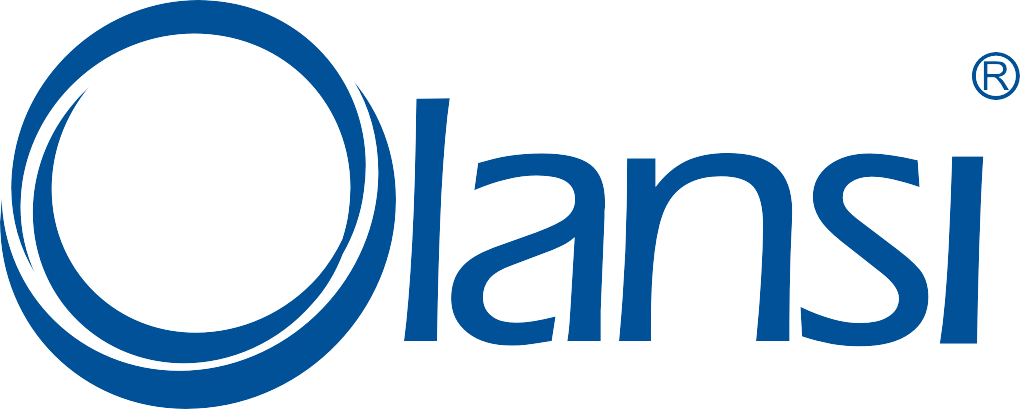OEM Air Purifier:China Air Purifier Trends

Since the US Embassy in Beijing began reporting the air quality readings in Jan 2012 the awareness of the severity of the air environment issues in China has risen dramatically. With the prevalent use of mobile phones and apps in China air purifier trends are becoming easier to see.
Let’s look a little deeper at what’s happening. The air environment in China is very different than that in the United States or Europe. China has small PM2.5 particulates as well as a variety of gases such as formaldehyde, ozone, combustion gases, sulfur, etc that are particularly challenging to effectively remove. In the USA and Europe, the issues are mainly related to allergies from larger sized particles like pollen, dust and mold. This means that air purifiers that are engineered for the USA/Europe regions are not equipped to remove the harmful pollutants in China in most cases.
Since the use of oem air purifiers in China is relatively new and standards are still being developed there is somewhat of a gap in knowledge by users of what is an effective solution. This is further worsened by manufacturers who promote technologies that are not effective. In some cases quite dangerous to the user. With the large market potential for air purifiers there are many new players looking to profit and putting their personal interests ahead of the needs and safety of the people in China.
CHINA AIR PURIFIER TRENDS
History tends to repeat itself and our projection is that the home air purifier market in China will begin to consolidate in the next few years as well as mirror the US with respect to technologies. That is a move to HEPA air purifiers once the standards are raised.
HEPA air filters were developed by the US government in the 1940’s and over time HEPA air purifiers became a niche market within the USA. In the late 1990’s there was a large US company that began heavily marketing a new room air purifier that used electrostatic plates instead of filters or a motor. So, it was both silent and did not require filter replacements. Backed by an aggressive marketing plan that included TV commercials, catalogs and online ads in just a few years they grew this business from nothing to as much as $400 million per year.
They drew a lot of attention in quickly becoming the dominant market leader. At this time the CADRstandards were in place in the United States so a large independent testing body in the USA evaluated this product and found it to perform very poorly. The performance was so bad they recommended the air purifier not be purchased. Some others reported potentially excess ozone levels.
As quickly as this company’s sales increased they then decreased very quickly and soon went out of business. Their marketing was compelling and spoke to concerns that customers had however it was too good to be true. We are seeing the same thing occurring today in China. There are companies marketing technologies that promise a lot but without proven performance. In some cases there has been research to show they can introduce pollutants such as elevated levels of ozone into an environment which is the opposite of what you should expect with an air purifier. No one buys an air purifier intending to introduce air pollution.
A few years ago the standards became stronger in the USA with the implementation of ozone limitations. This law effectively removed many ozone generators so now the primary air purifier technology to address the pollen, mold and dust is HEPA. It’s the safest and most effective. The downside is that there are filter replacements but that is the cost to having the best performing system that is also safe to use.
For the air environment in China other technologies such as electrostatic precipitators, ionizers, ozone generators, PCO (photo-catalytic oxidation), and others do not have the performance of HEPA for PM2.5 and activated carbon for gases (note: carbon is generally not effective for formaldehyde). In some cases they have been shown to introduce pollutants so there is no need for these in China. The one exception might be to use ozone to remove a smoke odor. Ozone is very effective for this but should never be used while someone is in the room.
Typically when these technologies are used it is about marketing spin to appeal to the unknowing customer to make a quick sale. They do it because it works. Who wouldn’t want several fancy technologies? You will say this must be better since the manufacturer has provided elegant drawings of how all of these technologies work and in some cases don’t require a filter replacement.
This is fantasy. As experts in china air purifier development for more than 12 years this is troubling to us. Our approach to China is why not just build a better filter? Our Erik air purifier gives you better performance with filters that last much longer and provide good value since we use much more filter media. And just as important, you are not potentially introducing a pollutant.

